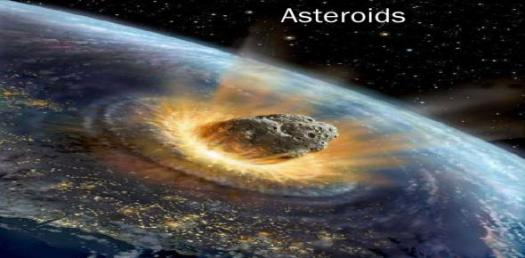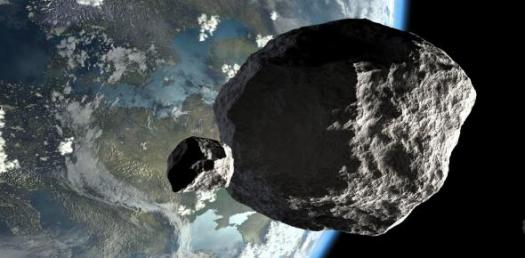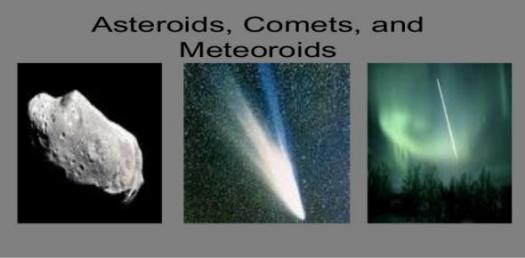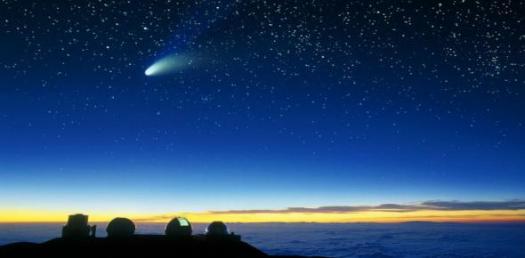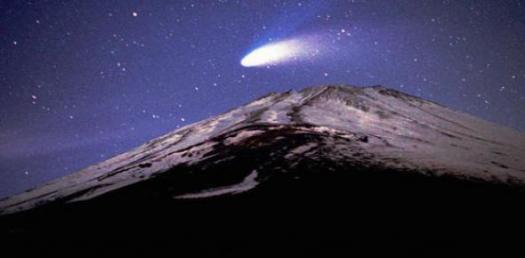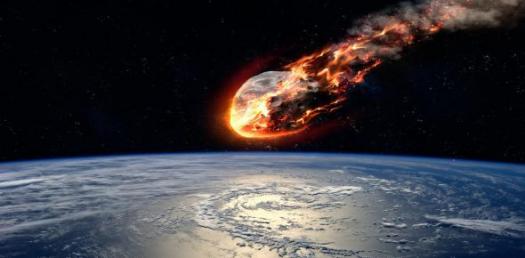Quiz Time: Meteor Shower Trivia!

A meteor shower is a celestial event involving a number of meteors which are observed to radiate or originate from one point in the night sky. These meteors are believed to be caused by streams of cosmic debris which are called meteoroids and are entering the Earth's atmosphere at extremely high speeds on parallel trajectories. Meteors include but not limited to Pegasids, Sigma Hydrids, Alpha Monocerotids, Tau Herculids, Leonia Minorids as well as Gamma Normids.
- 1.
Perseids were firstly discovered when?
- A.
36 CE
- B.
35 CE
- C.
37 CE
- D.
40 CE
Correct Answer
A. 36 CE -
- 2.
Leonids occur when?
- A.
July 17 - August 24
- B.
December 4 - December 17
- C.
April 19 - May 28
- D.
November 6 - November 30
Correct Answer
D. November 6 - November 30Explanation
Leonids occur from November 6 to November 30. This meteor shower is associated with the comet Tempel-Tuttle and is known for its periodic storms, where the rate of meteors can significantly increase. During this time, Earth passes through the debris left behind by the comet, causing the particles to burn up in the atmosphere and create the meteor shower.Rate this question:
-
- 3.
What's the zenithal hourly rate of Geminids?
- A.
32
- B.
55
- C.
120
- D.
20
Correct Answer
C. 120Explanation
The zenithal hourly rate of Geminids is 120. This refers to the number of meteors that an observer could expect to see per hour under ideal conditions, with the radiant point (the point in the sky from which the meteors appear to originate) directly overhead. A higher zenithal hourly rate indicates a more active meteor shower.Rate this question:
-
- 4.
What's the date of peak of Orionids?
- A.
October 21
- B.
May 6
- C.
April 22
- D.
July 30
Correct Answer
A. October 21Explanation
The Orionids meteor shower occurs annually in October, with its peak typically happening around October 21st. During this time, the Earth passes through the debris left behind by Halley's Comet, resulting in a higher frequency of meteors visible in the night sky. Therefore, October 21st is the correct date for the peak of the Orionids.Rate this question:
-
- 5.
Eta Aquariids are best viewed when?
- A.
Late night
- B.
Dawn
- C.
Pre-dawn
- D.
Evening
Correct Answer
C. Pre-dawnExplanation
Eta Aquariids are best viewed in the pre-dawn hours. This is because during this time, the radiant point of the meteor shower, which is the point in the sky from which the meteors appear to originate, is highest in the sky. Additionally, the pre-dawn hours are usually darker and have less light pollution, making it easier to see the meteors. Viewing the Eta Aquariids in the late night, dawn, or evening may still be possible, but the pre-dawn hours offer the best chance of seeing a higher number of meteors.Rate this question:
-
- 6.
Lyrids have a relatively short orbital period of about how many years?
- A.
430
- B.
415
- C.
420
- D.
435
Correct Answer
B. 415Explanation
Lyrids have a relatively short orbital period of 415 years. This means that it takes approximately 415 years for the Lyrids meteor shower to complete one orbit around its parent comet, Thatcher. The Lyrids meteor shower occurs annually in April when the Earth passes through the debris left behind by Comet Thatcher during its orbit.Rate this question:
-
- 7.
What's the date of peak of Quadrantids?
- A.
June 15
- B.
January 3
- C.
July 30
- D.
December 22
Correct Answer
B. January 3Explanation
The Quadrantids meteor shower is known for its peak activity on January 3rd each year. This is the date when the shower reaches its maximum intensity, with the highest number of meteors visible in the sky. Therefore, January 3rd is the correct answer for the date of the peak of Quadrantids.Rate this question:
-
- 8.
Which of the following is the zenithal hourly rate of Southern Delta Aquariids?
- A.
16
- B.
10
- C.
5
- D.
120
Correct Answer
A. 16Explanation
The correct answer is 16 because the zenithal hourly rate (ZHR) refers to the number of meteors an observer would see under ideal conditions with the radiant point directly overhead (zenith). The Southern Delta Aquariids meteor shower typically has a ZHR of around 16, meaning that an observer would expect to see around 16 meteors per hour during the peak of the shower.Rate this question:
-
- 9.
William F. Denning observed the Ursids around the start of which of the following?
- A.
20th century
- B.
19th century
- C.
21th century
- D.
18th century
Correct Answer
A. 20th centuryExplanation
William F. Denning observed the Ursids around the start of the 20th century.Rate this question:
-
- 10.
What's the velocity of the Taurids?
- A.
28km/s
- B.
20km/s
- C.
15km/s
- D.
30km/s
Correct Answer
A. 28km/sExplanation
The velocity of the Taurids is 28km/s.Rate this question:
-
Quiz Review Timeline +
Our quizzes are rigorously reviewed, monitored and continuously updated by our expert board to maintain accuracy, relevance, and timeliness.
-
Current Version
-
Mar 15, 2023Quiz Edited by
ProProfs Editorial Team -
Apr 26, 2019Quiz Created by
AdewumiKoju
 Back to top
Back to top



